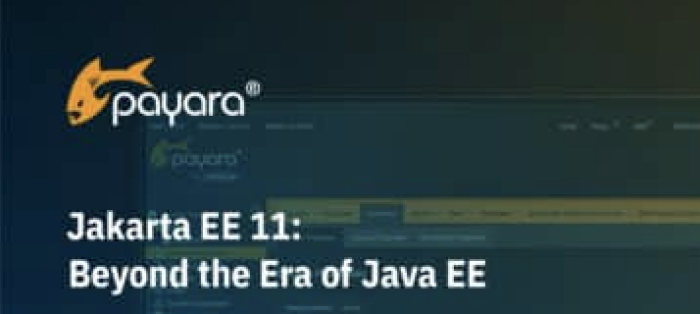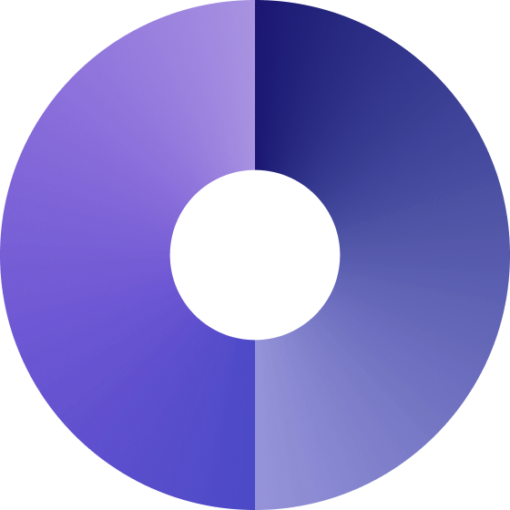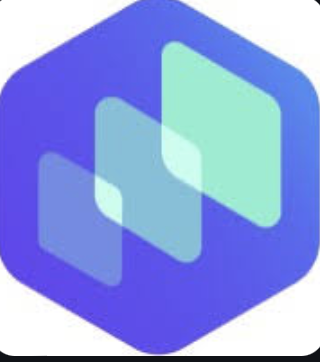FXGL Game Engine 11.16 Release
- May 25, 2021
- 2955 Unique Views
- < 1 min read
FXGL is a JavaFX game engine: https://github.com/AlmasB/FXGL
Release Highlights
- The restored Multiplayer Service allows easy replications of input, events and entities on a remote machine. For example, by just adding a single line of code (see MultiplayerService API), any key or mouse inputs that occur on one end of the connection can be replicated on the other end.
- The new FPS camera allows easy control of the player (or their "line of sight") in the context of a first-person 3D game.
- There is no longer a transitive dependency on the
javafx.swingmodule. This means FXGL users will not need an extra module in their module graph.
Release Notes
- Restored and refactored MultiplayerService
- Added ReplicationEvent (javafx event that can be replicated on a remote machine)
- FPS camera (
camera3D.setFPSCamera(true)) - Mouse sensitivity setting
- Removed dependency on
javafx.swingmodule, thanks to @FDelporte - Performance improvements in Tiled map loading, thanks to @adambocco
isExperimental3D->3DisExperimentalNative->isNative- Model3D can be loaded from an .obj
- Model3D now has a copy()
- Added Cuboid shape
- EntityGroup::size(), thanks to @adambocco
- Allow providing a custom default cursor for all scenes
- Internal physics refactoring
- Entity no longer throws an exception when adding a duplicate Component (warns instead), thanks to @Zhack47
- JavaFX 15 -> 16
- Compile target for Kotlin: 1.8 -> 11
Video
Don’t Forget to Share This Post!





Comments (0)
No comments yet. Be the first.